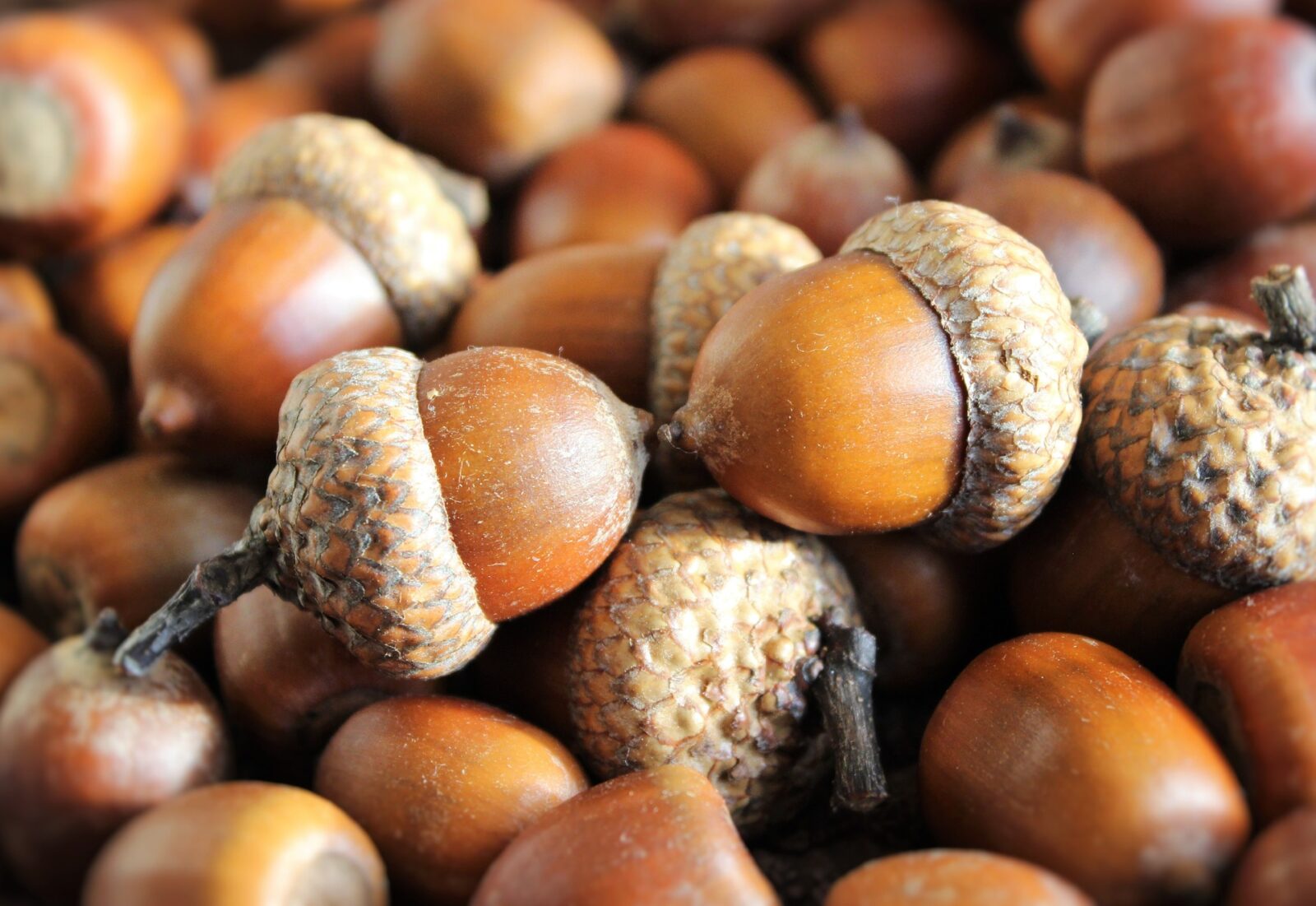HOW TO TURN ACORNS INTO OAK TREES
Autumn is a time for change. More so, it’s a time for rejuvenation. As gardens begin to fade and plants begin to fall into their winter slumber, don’t forget that fall is also a great time to plant select species for the coming year.
 We may be accustom to walking over fallen acorns during this time of the year, not giving them a second thought. However, these little acorns are more than just food for the squirrels. Acorns, or nuts of oak trees, typically contain a seed inside their tough exterior. If harvested, this little fallen acorn can grow into a big and beautiful oak tree.
We may be accustom to walking over fallen acorns during this time of the year, not giving them a second thought. However, these little acorns are more than just food for the squirrels. Acorns, or nuts of oak trees, typically contain a seed inside their tough exterior. If harvested, this little fallen acorn can grow into a big and beautiful oak tree.
The best time to harvest healthy acorns is during early autumn, as they will begin to fall off the trees and germinate during this time. Acorns are at their best for new tree planting if they’ve just turned from green to brown. The acorn contains carbohydrates, protein and fats, which make it a food source for wildlife, but also provides nutrients to sustain the seedling over winter.
When harvesting acorns, be sure to check them for holes or tearing. Discard if there are pin-size holes or ruptures in the shell, as it could contain beetle larvae, or if the acorn feels soft. If the acorn is whole, check its viability with a float test. Soaking it in water for 24 hours. If it floats, that acorn won’t isn’t the best for planting.
Dry the viable acorns and get to planting them this month! If you’d like to plant them in spring, place the acorns in tupperware with a sealable lid or in a sealed plastic bag to prevent mold from growing. They should be slightly moist, but not wet, so consider adding a potting mix or peat moss to the container or bag. After, put it in refrigerator for at least a month. Some prefer to freeze them.
When planting, place in a pot with good but slightly dry soil, about 1-2 inches deep, or select its permanent place on your property. Be sure its in a sunny spot and sheltered from wind. If you plant ahead of winter, don’t expect to see much above ground growth until the spring. Remember to cover with screening or protective covering to prevent wildlife from eating the acorn before it has a chance to grow.
